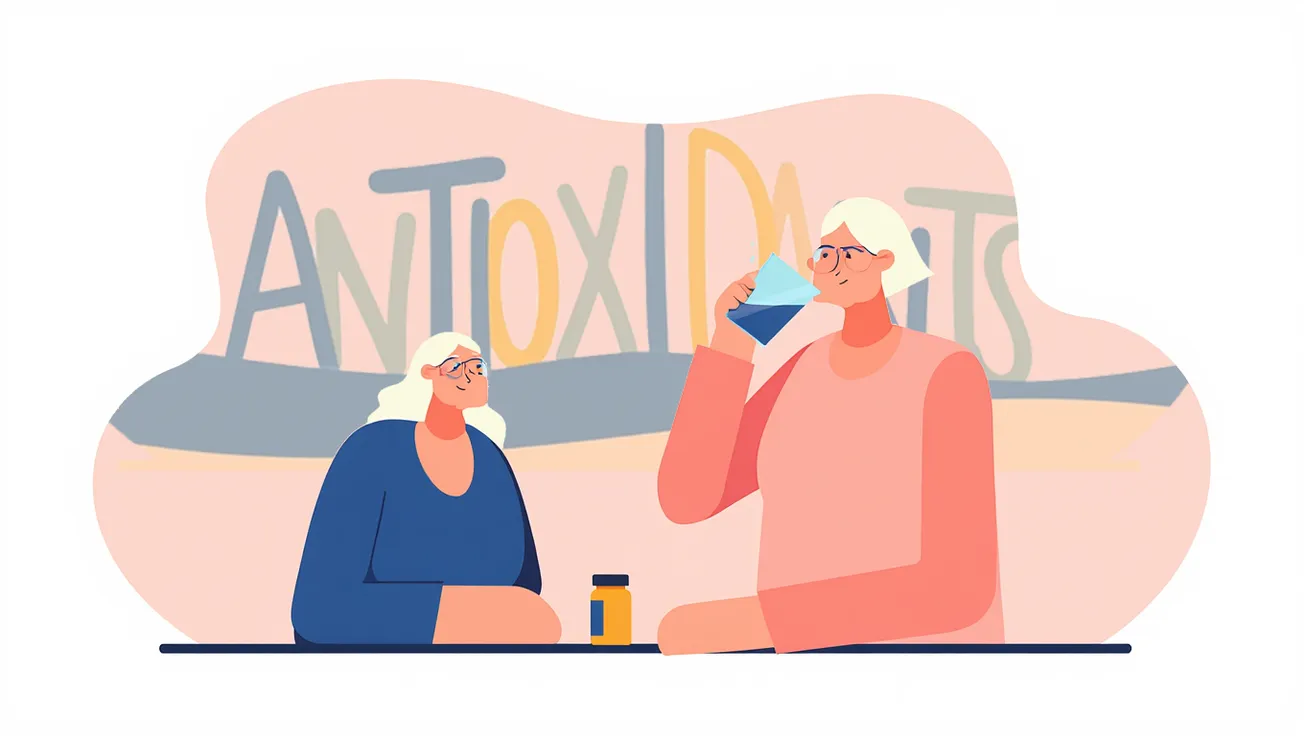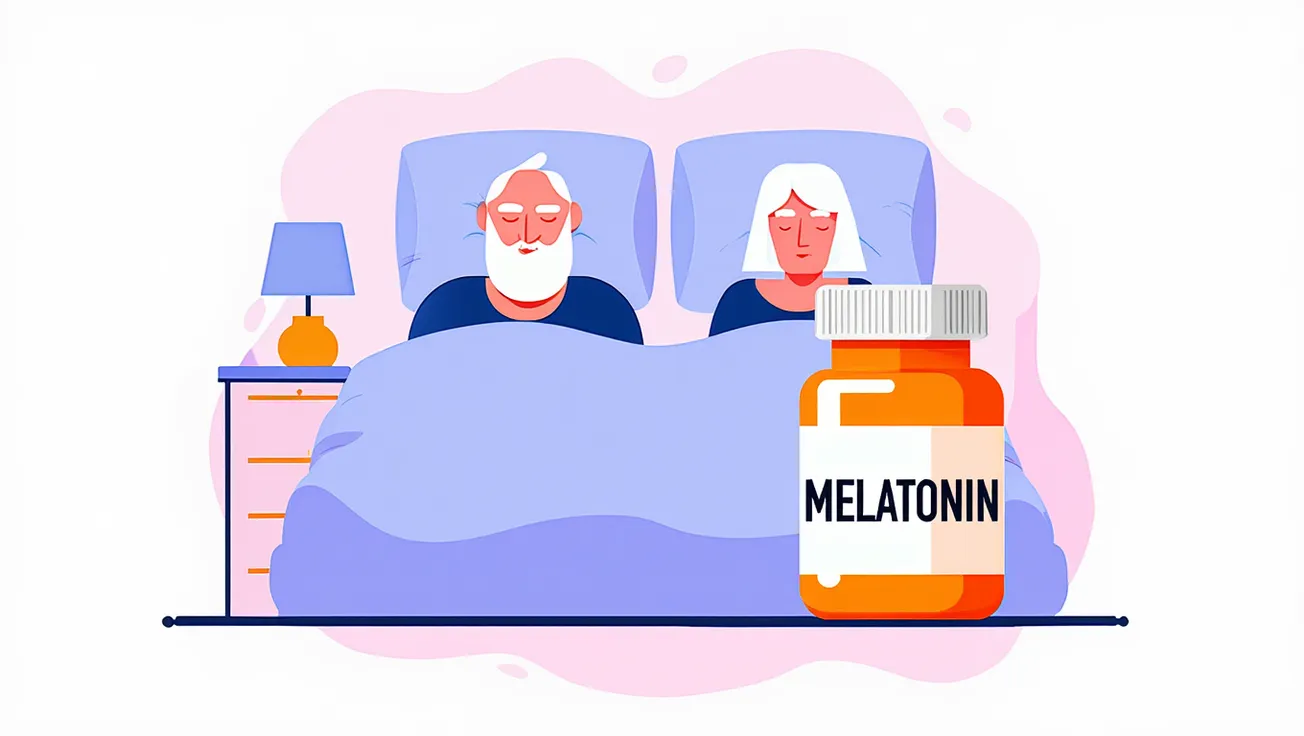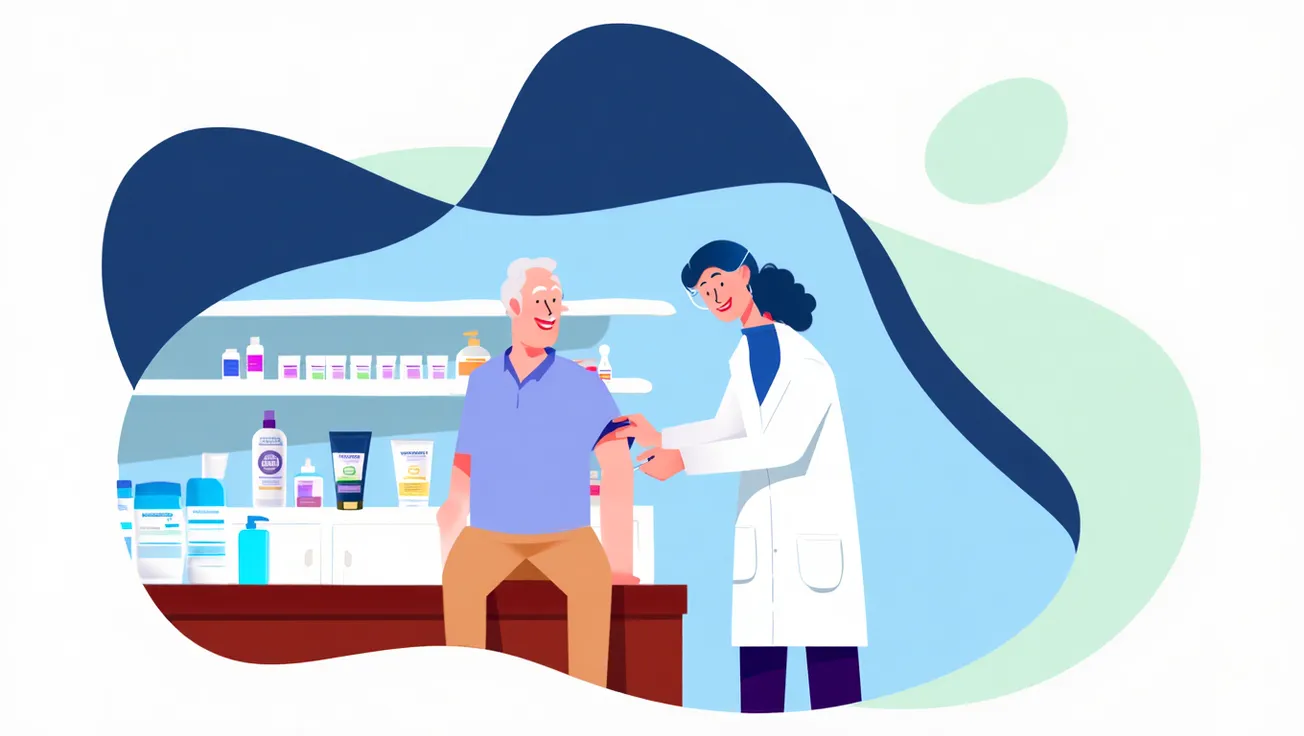On a chilly Tuesday morning at a supermarket in Dyersburg, Tennessee, the checkout line moves slowly. Shoppers count bills twice, remove one or two items, and sigh when the total still feels too high. For many older adults, that’s become routine.
“Every week it’s a little more,” one shopper says, glancing at a receipt that lists coffee at $11.79 and eggs at $4.39. “And that’s before you even think about fresh fruit.”
It’s not just sticker shock. For millions of seniors living on fixed incomes, higher food prices are colliding with government cutbacks — and confusion — about who still qualifies for help.
The Supplemental Nutrition Assistance Program (SNAP), once a steady lifeline for low-income older Americans, is suddenly uncertain. Lawmakers have delayed renewing the Farm Bill that funds SNAP, while new proposals could tighten rules for adults in their late 50s and early 60s. The result? Delays in benefits, smaller reloading amounts, and mounting anxiety among the very people the program was designed to protect.
What’s Driving the Squeeze?
This isn't the Great Depression, but it's not pretty. In fact, it's a perfect storm coming at consumers from all sides:
- Higher prices: Groceries remain roughly 25–30% higher than in 2019, according to the Bureau of Labor Statistics.
- Policy shifts: SNAP — the nation’s largest food assistance program — is now clouded by uncertainty. Congress has debated new work or reporting rules that could affect adults 55–64, while a separate push aims to reduce federal reimbursements to states. (LeadingAge)
- Funding question marks: Lawmakers postponed decisions on the next Farm Bill, which funds SNAP, creating months of uncertainty for states and recipients. As a result, seniors in some areas are seeing delays, smaller benefit reloads, or warning notices about possible future cuts.
- Administrative delays: States already face backlogs that slow renewals and leave beneficiaries waiting weeks for benefit cards.
For seniors who depend on a few hundred dollars a month in grocery help, those question marks around SNAP aren’t just political — they’re personal. Missing one reload can mean skipping meals or cutting medication doses to stretch food dollars.
Where Seniors Can Turn Now
Even if benefits are shrinking, multiple safety nets remain.
1. Local Churches and Faith-Based Groups: Churches, mosques, and synagogues are unsung heroes in hunger relief. Many run food pantries or offer free weekly meals. Some even deliver groceries to shut-ins.
If you’re not a member, call anyway — staff can often connect you to other nearby pantries.
2. Food Banks and Pantries: Start with Feeding America’s Food Bank Locator. Most local banks have satellite pantries inside churches, libraries, or senior centers.
3. Senior Nutrition Programs: The Eldercare Locator (1-800-677-1116) can connect you to home-delivered or group meals through the Older Americans Act, and the Senior Farmers’ Market Nutrition Program offers produce vouchers at farmers markets.
4. Meals on Wheels: Enter your ZIP at mealsonwheelsamerica.org/find-meals for hot-meal delivery options in your area.
5. Community Markets and “Double Up” Produce Programs: Many states now “double” SNAP dollars spent on fruits and vegetables at local markets — check your area for “Double Up Food Bucks” or similar programs.
6. Advocate — and Reapply: If your benefits change, reapply or appeal. Agencies often adjust based on new income, medical deductions, or rent costs. Don’t assume a rejection is final.
Why It Matters
Skipping meals isn’t just uncomfortable — it’s dangerous. Seniors who can’t afford nutritious food are more likely to be hospitalized or struggle with medication side effects.
As Feeding America points out, SNAP provides nine meals for every one that charities can supply. Local help is vital, but federal programs remain the backbone of senior food security.
Find Food Help Near You
Helps locate nearby food banks and partner pantries.
Call 1-866-3-HUNGRY (English) or 1-877-8-HAMBRE (Spanish)
Connects callers to local pantries and meal programs.
Finds local programs providing free or low-cost meal delivery.
Offers food, rent, and utility support in most states.
Provides local assistance centers with food and shelter programs.
Disclaimer: This article is for general informational purposes only and should not be considered financial or legal advice. Program availability may vary by location. Seniors are encouraged to contact local agencies or trusted advisors for personalized guidance.







